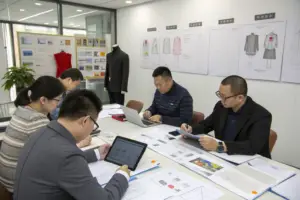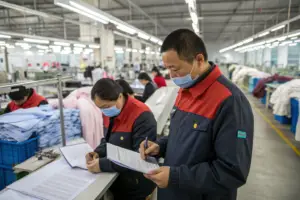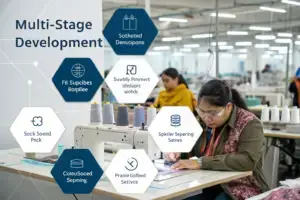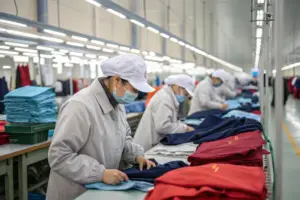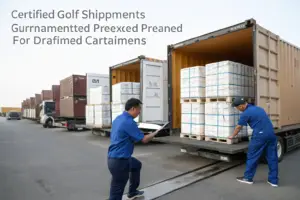China's transformation into the world's manufacturing powerhouse has been remarkable. When China joined the WTO, it was a big player on the global manufacturing stage. In the years that followed, it has become the world's factory. It produces labor-intensive goods such as textiles, toys, and clothing for the world. For China, these industries are a springboard that allows it to grow its economy. It also sees it moves into advanced production areas such as electronics. But now, China wants to focus on higher-end manufacturing and rely on domestic consumption to fuel growth. They intend to leave the work of producing cheap, labor-intensive goods to others.
If China's plan works, who will replace it as the world's factory? That's the question Gordon Hansen, a professor of economics at Harvard's Kennedy School, tried to answer. In a recent paper for the National Bureau of Economic Research, he examined the most qualified candidates. And after evaluating whether China itself, which is undergoing significant changes, can continue to play that role. He admits that "who will take China's role as the world's factory remains a mystery."
Perhaps the most obvious contenders to fill the gap are Asia's emerging export economies. But only Bangladesh, Cambodia, and Vietnam have seen a significant increase in the share of labor-intensive global exports over the past two decades." Bangladesh and Vietnam are growing the fastest," says Hansen. "If you have to say who is the next China, these two countries might be the next world's factory. But the problem is that they are not at all big enough to replace East Asian production the way China did." When it comes to economic productivity, China dwarfs it even more. Candidates from Europe, North Africa, and the Middle East, such as Romania, Poland, Morocco, and Turkey, are even less impressive.
Is China itself the "next China" when it comes to being the world's factory? Labor-intensive manufacturing will remain in China, but it is undergoing huge changes, especially in technology automation. China is a leader in the use of industrial robots. Still, they are mainly used in automotive, electronics, and other fields, and the low-cost goods sector shows no obvious motivation for their use.
Hansen believes there is another possibility. Labor-intensive manufacturing might disperse to other parts of the country, "so China might eventually replace itself." A similar development took place in the United States after World War II. But in China, companies are not rushing to move from the coast to the interior, where a lack of industrial infrastructure could curb productivity.
Despite efforts to expand sourcing outside China, some companies have found it too costly to abandon the country. This has led to the rise of a "China +1" strategy. Here, companies keep most of their manufacturing in China and diversify some operations to places like Vietnam. But China's manufacturing infrastructure remains unrivaled and highly competitive; thus, China is and will remain the world's factory.
If you're tired of unexpected fees, missed delivery windows, or confusing customs documents, it's time to try DDP. At Fumao Clothing, we’ve built our operations around serving clients like you—ambitious, quality-focused brand owners in the U.S and Europe. Let us manage your full journey from design to doorstep. Contact our Business Director Elaine at elaine@fumaoclothing.com to explore how our DDP solutions can simplify your sourcing.




